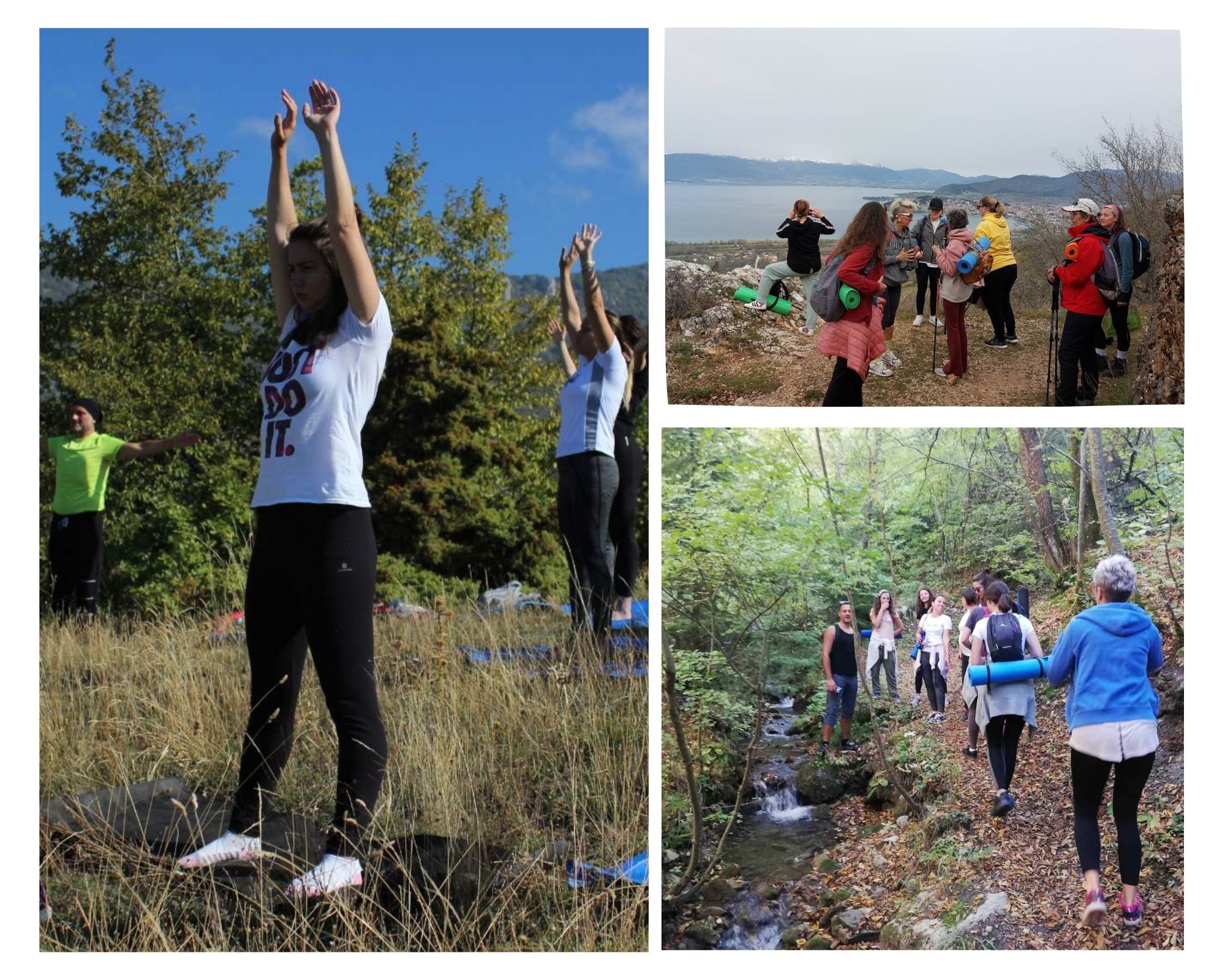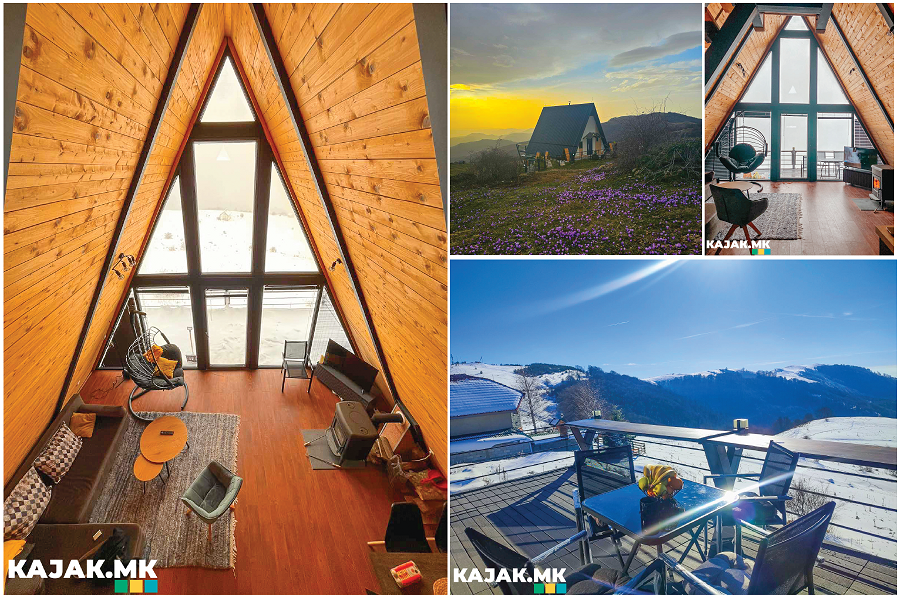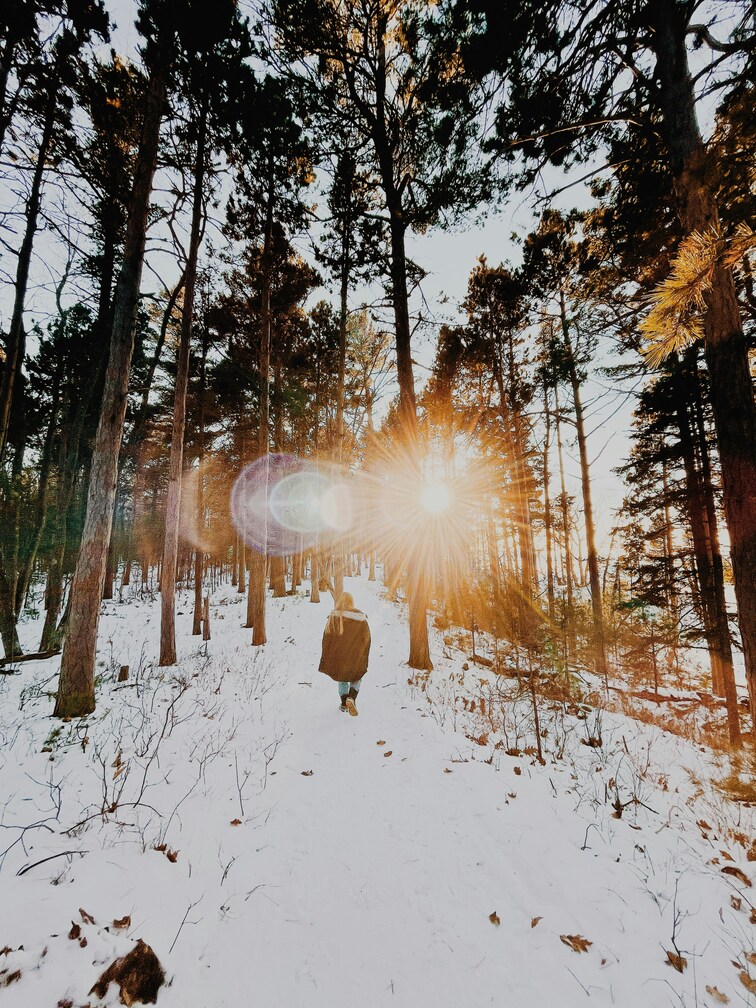There is nothing better than inheriting and learning the craft of our parents and continuing the family tradition that has raised and nourished us throughout our entire lives.
This is the humble and positive story of our local heroine Daniela, who for many years has been making homemade soaps using the "secret recipe" of her mother and grandmother.
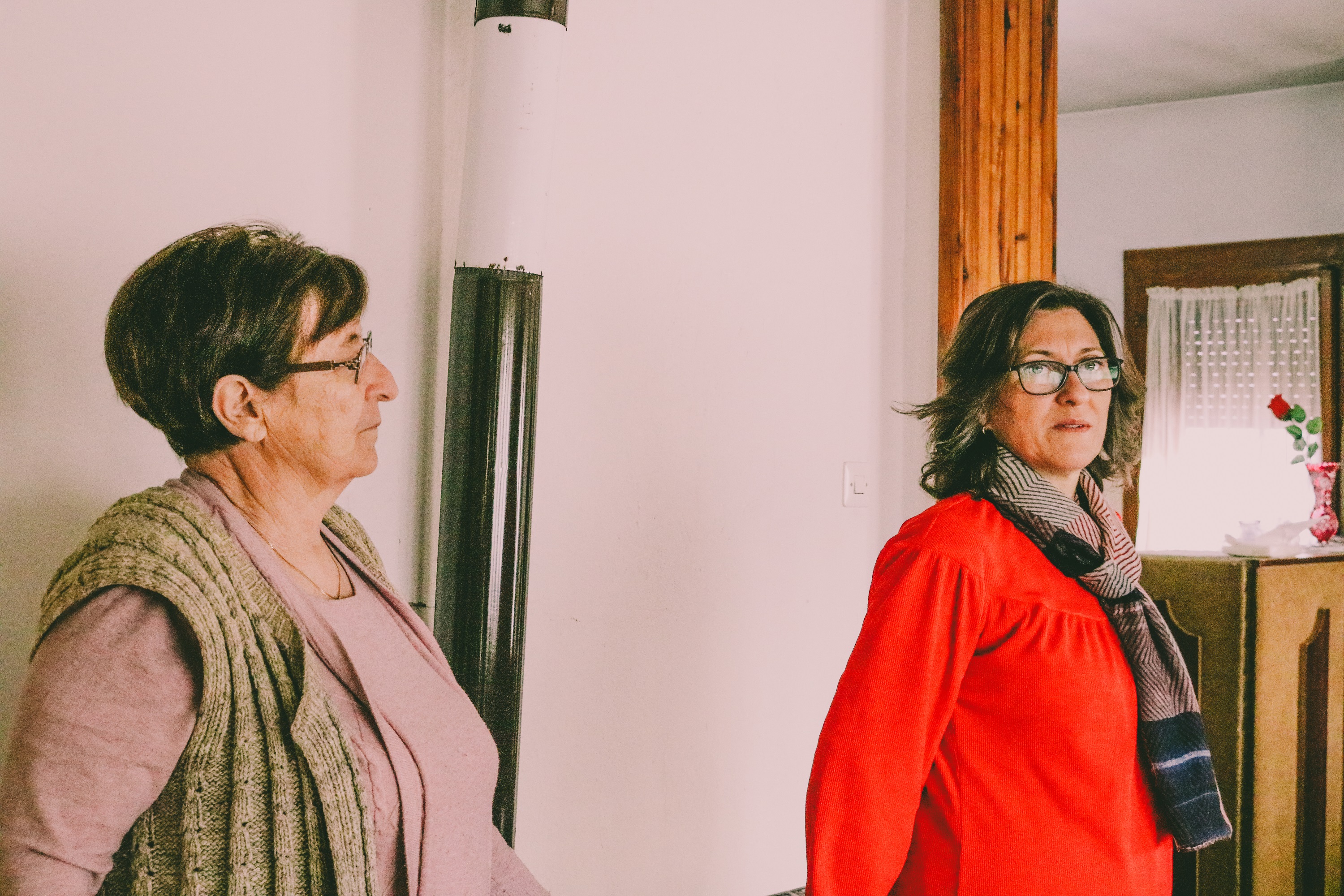
Daniela says she has spent her entire life in her hometown of Pehčevo. She remembers from childhood how her grandmother used to make pork soap. The soap was made in a large kettle (a big deep copper pot with a round shape used for heating, cooking, and washing) from the leftover parts of the slaughtered pig that were not used.

She told us the following:
The tradition of making soap was continued by my mother; she kept making the soap further. We have always used that soap for washing and personal hygiene, and there is always homemade soap in our home at all times. I remember that many families in our region used to make homemade soap. According to my mother, around the 1980s, there was a period when laundry detergent was not available, so during that time, they grated homemade soap and put it in washing machines to wash the clothes.

My mother is a graduate chemical engineer, and I have completed secondary pharmaceutical school. Both of us have always been interested in the topic of soap making. In 1995, my mother participated as a chemistry teacher in a competition organized by Narodna Tehnika Berovo for young technicians, where they won first place with the topic “Making soap from different oils.”
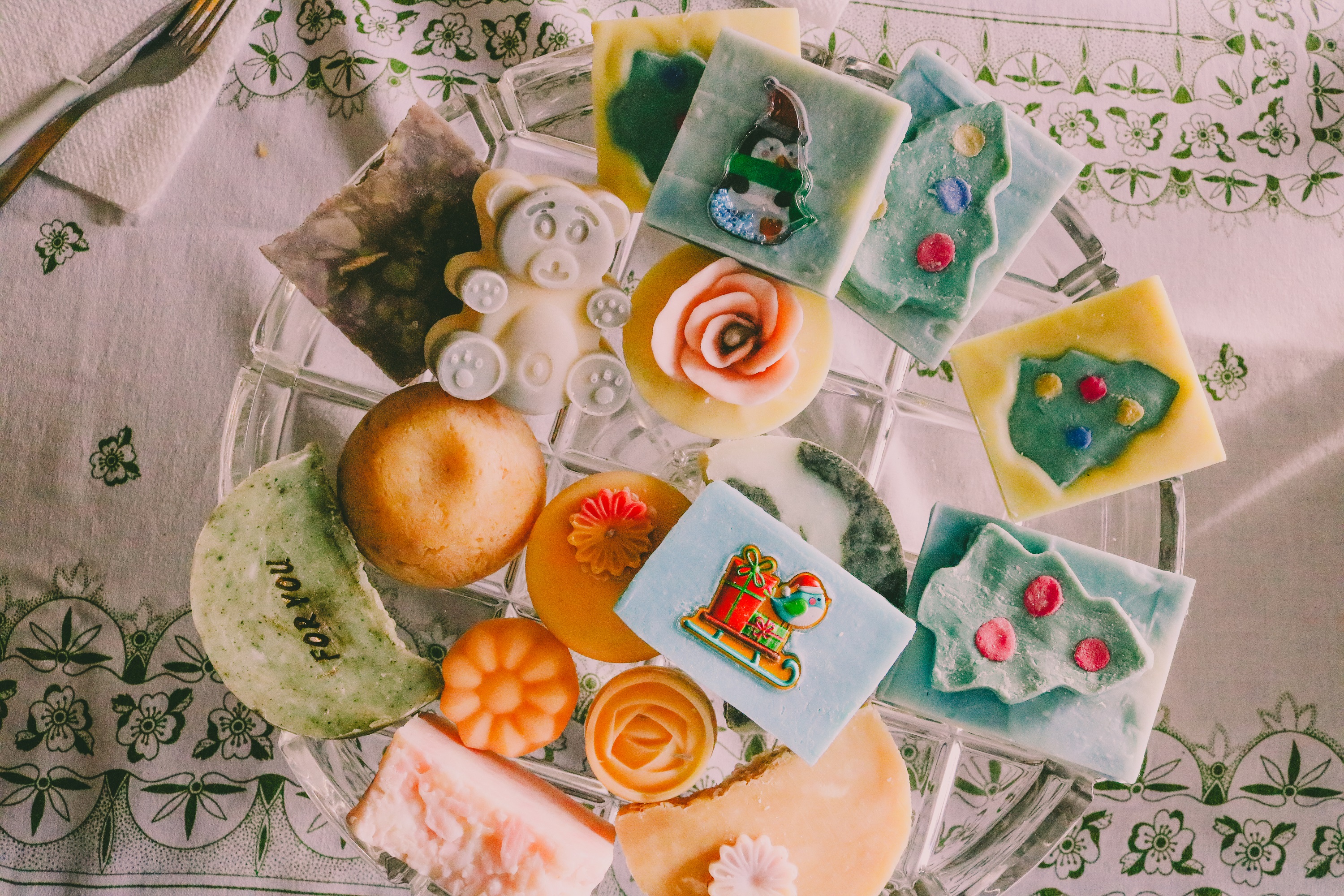
Nowadays, it is easier to obtain quality and various oils and other raw materials for soap making, so we started making soap from different oils, decorated with various colors and enhanced with essential oils for a pleasant fragrance. This turned soap making into a hobby for us, and today it is also an additional family activity. At first, we made soap for our own needs and gave it as gifts to relatives and friends, and later we started selling our products.
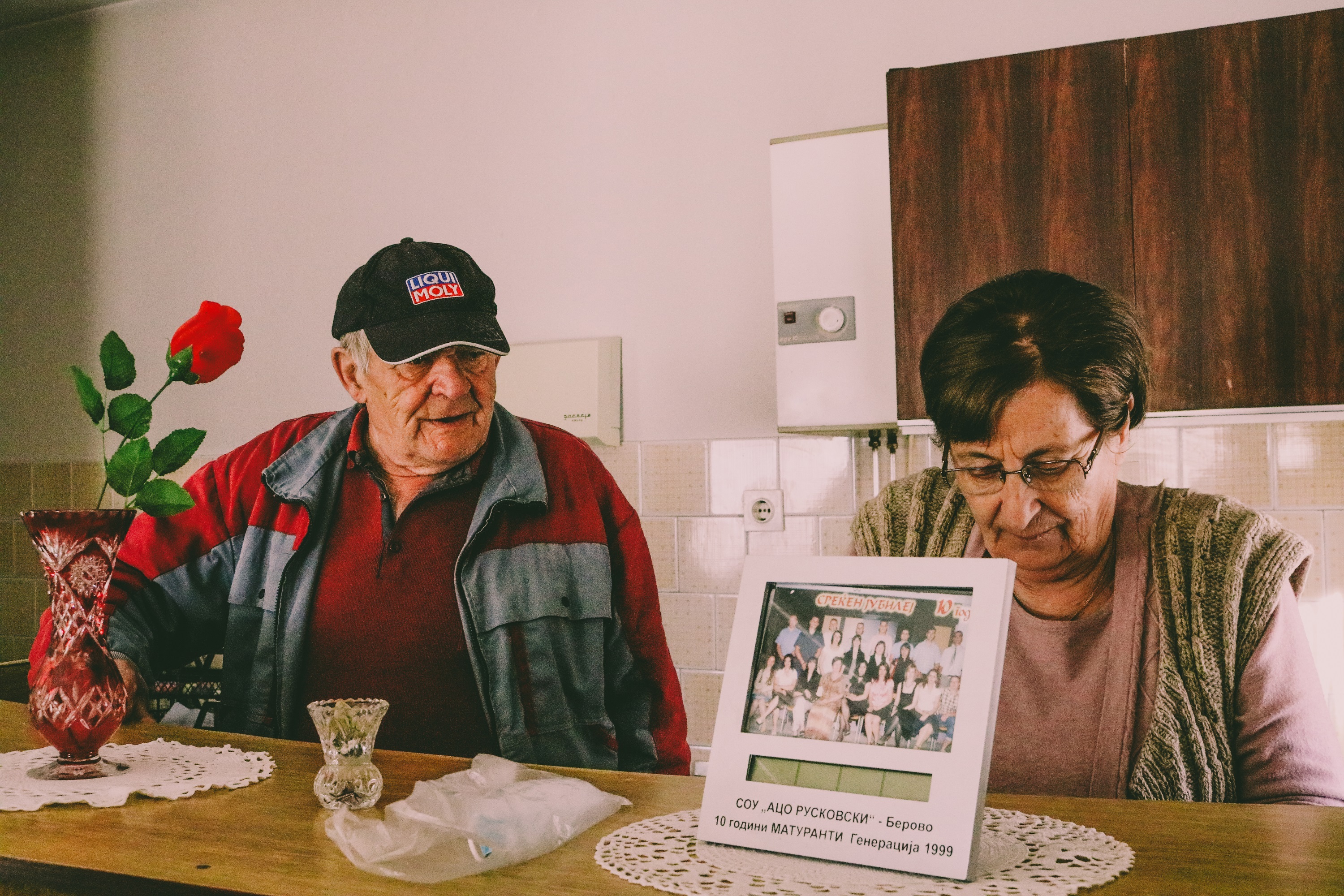
A special motivation to continue making homemade soap was the fact that with its frequent use, we didn’t need to use hand and body creams, and also the dandruff my husband had for a long time significantly decreased. It also happened more often that someone who tried the soap wanted to get more of the same kind again.
I got more actively involved in soap making from 2017. I learned the idea and the process from my mother, then started researching and educating myself, and with the help of today’s advanced internet communication, I continued to expand my knowledge and create a variety of soaps using different methods.
Every new soap I make is different and better than the previous one, which motivates me even more to make a new soap — and that feeling makes me happy and fulfilled.

There are several legends about the origin of soap. According to one ancient Roman legend, soap is named after Mount Sapo, located in Italy, which was an ancient site for animal sacrifices. After the sacrifices, rain would wash down the animal fats and ashes, which would collect in the Tiber River.
Women who washed their clothes in the river noticed that when they washed them in certain parts of the river after heavy rain, their clothes became much cleaner. Over time, they realized that these were areas where the water carried animal fats and ashes, and thus the first use of soap was born.
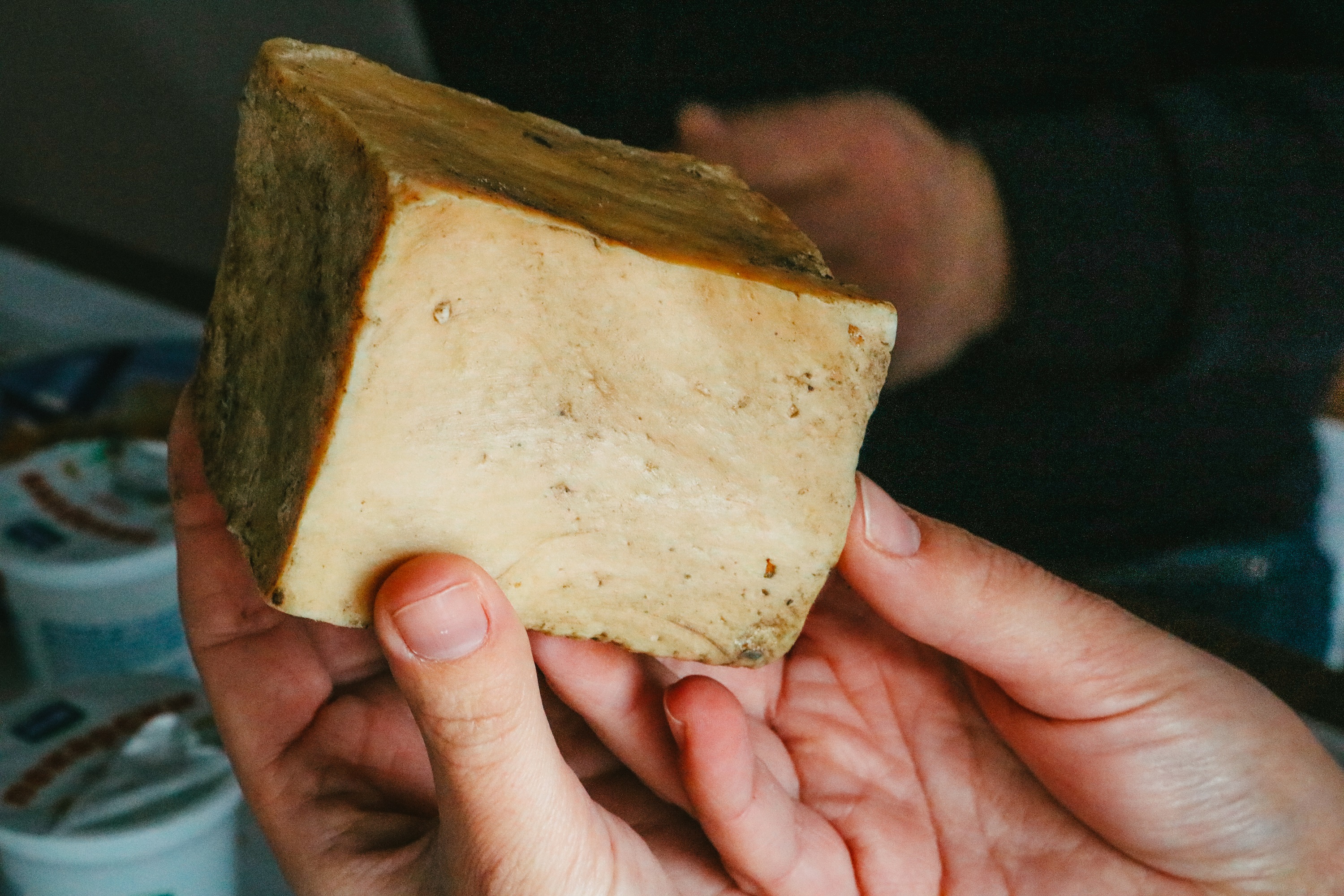
The process of making soap is called saponification. This process begins when lye (sodium hydroxide) is dissolved in water, and then this solution is added to oils. When mixed, the saponification reaction starts. In this process, the lye, which is a strong base, reacts with the fatty acids in the oils, producing soap, glycerol (glycerin), and water.
It is well known that when a base reacts with an acid, a salt and water are formed. Chemically, soap is actually a salt, and in its final composition, there is no remaining lye or oils. However, by adding some high-quality oils in excess during homemade soap production, the properties of the soap are improved. Over time, water evaporates from the soap, while the glycerin remains as an excellent humectant, which helps to hydrate our skin.
The final composition of the soap is what determines its true quality. To this day, we still preserve and produce traditional lard soap, which is truly effective at cleaning and washing.
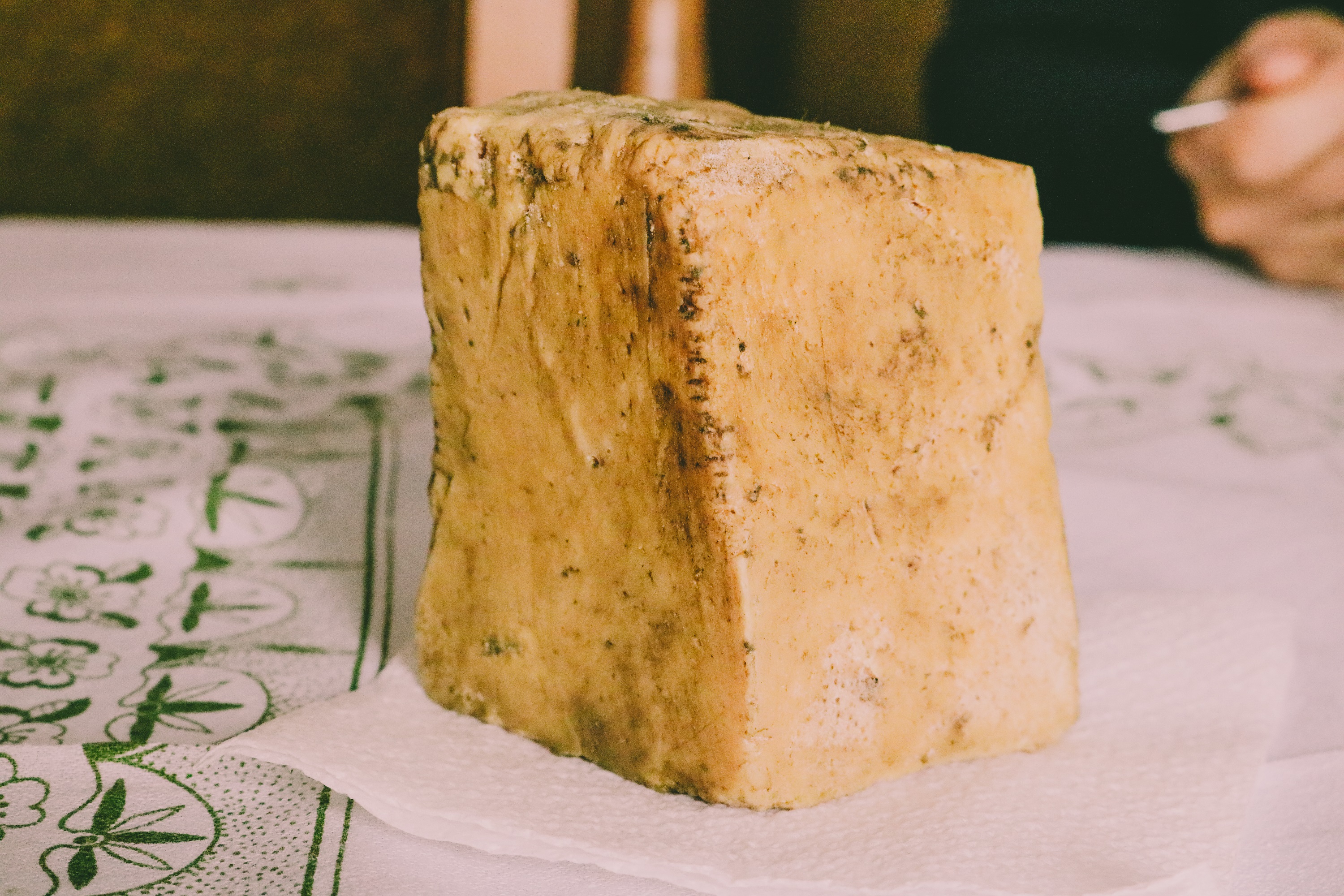
In industrial soaps, glycerol is extracted and then sold to the cosmetic and pharmaceutical industries. Removing glycerol extends the shelf life of the soap, but at the same time, it loses the ability to nourish the skin. That is why natural soaps are placed on a dry surface to drain excess water so they do not become too soft.
Artificial soaps contain sulfates, preservatives, additives, dyes, fragrances, parabens, and other harmful ingredients. Because of this, there is an increasing demand nowadays for homemade soaps that are gentle and safe, cleansing and nourishing the skin simultaneously.








